Biodigesters: The Heart of Organic Waste Management
Bio digestion, or anaerobic digestion, is a biological process in which microorganisms break down organic material in the absence of oxygen. It is primarily used to treat waste materials and produce biogas, which is a renewable energy source. The anaerobic digestion process plays a crucial role in waste management, especially for organic waste like food scraps, sewage, and agricultural waste.
Understanding the Principle of Anaerobic Digestion
The core of the anaerobic digestion process involves the transformation of organic waste into methane-rich biogas and digestate, a nutrient-rich substance that can be used as fertiliser. This process occurs naturally in closed spaces where oxygen is absent, making it an ideal solution for reducing landfill use and greenhouse gas emissions. Anaerobic digesters effectively capture methane that would otherwise escape into the atmosphere, contributing significantly to climate change mitigation efforts.
Different Types of Bio Digesters and Their Applications
Mesophilic and Thermophilic Digesters
Anaerobic digesters can operate under different temperature regimes: mesophilic (around 25-45°C) and thermophilic (above 45°C). Mesophilic digesters are more common and have a lower operating cost, while thermophilic systems offer faster decomposition rates, making them suitable for handling larger volumes of waste.
Dry and Wet Anaerobic Digestion Systems
Anaerobic digestion technology also varies in terms of the moisture content of the input material. Dry systems (high solids, above 15% solid content) are used for the organic fraction of municipal solid waste and other bulky materials, whereas wet systems (low solids, below 15% solid content) are typically used for slurry-type materials like manure.
Key Applications of Anaerobic Digesters
Anaerobic digestion facilities are not only pivotal in waste management but also in energy production. They are used extensively across the UK and globally to manage farm waste, sewage sludge, and organic municipal waste. The biogas produced can be used to generate electricity, heat homes, or even power vehicles, providing a clean and sustainable energy source. Large-scale anaerobic digestion plants are increasingly common in the UK, with significant contributions to the renewable energy sector.
Challenges in Anaerobic Digester Operation
Operating an anaerobic digester plant involves several challenges, including maintaining optimal conditions for microbial activity, handling the input material variability, and managing the outputs like digestate and biogas.
Solutions to Enhance Efficiency and Output
To overcome these challenges, continuous research and development in anaerobic digestion technology are crucial. Innovations like pretreatment of feedstock to increase biogas yields, and advancements in digester design to handle different types of waste more effectively, are among the solutions being explored. Moreover, integrating anaerobic digestion with other processes like composting and gasification can enhance overall efficiency and sustainability.
The Future of Anaerobic Digestion
The future of anaerobic digestion in the UK and worldwide looks promising with ongoing advancements in technology and growing recognition of its environmental benefits. Government incentives, such as the Green Gas Support Scheme in the UK, support the development and adoption of anaerobic digestion technology. With these supportive measures, the adoption of anaerobic digestion is expected to rise, further helping the transition to a more sustainable and low-carbon economy.
Conclusion
Anaerobic digestion stands as a cornerstone in the strategy to manage organic waste effectively and sustainably. It not only helps in reducing greenhouse gas emissions but also provides a source of renewable energy, making it a key player in the renewable energy landscape. As technology advances and more facilities are built, anaerobic digestion plants will continue to play a vital role in environmental management and energy production.
